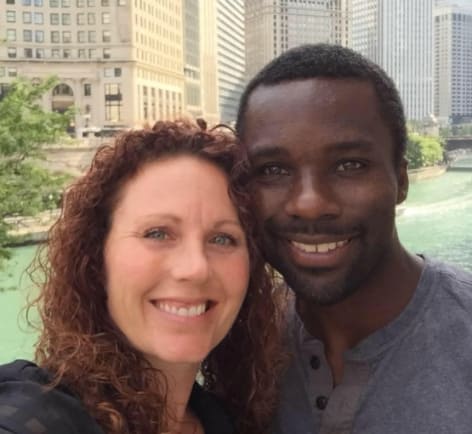Yes, absolutely.
For experts, sports academies and savvy coaches / trainers, that is. Not so much for your average tennis player. Not even the elites. Not sure that any of The Big Three know very much about this sort of stuff. But some of their coaches and many of their trainers might. Or they know who does.
Most people will shut down if you throw too much physics, chemistry, anatomy / kinesiology, biomechanics, 3D data, etc at them. Most tennis players need someone who can translate all that detailed info and technical mumbo-jumbo into relatable language or into a meaningful demonstration for them. A well chosen analogy will often go much further than a wealth of technical data.
The story of
internal shoulder rotation gave me my approach.
In the 1970s, I was reading everything that I could find about tennis strokes. ISR was not mentioned.
In the 1980s, badminton researchers relying on high speed video, at a conference, presented material stating that the badminton smash was driven largely by internal shoulder rotation. They mentioned that the tennis serve was also driven by significant internal shoulder rotation.
In the 1990s, tennis researchers, using 3D motion capture systems confirmed that it was the joint motion of ISR that provided more racket head speed than any other joint motion at impact.
In 2011, I learned and understood ISR in a thread on the forum. It felt like a cold wet towel smack to my face. Missing the truth for about 35 years, I understand that the truth is what I want. I am aware that I write what I would have wanted to hear in 1975. In 1975, I was very interested and motivated to learn about the tennis serve. I was reading tennis books and trying to squeeze the truth out of them. One sentence would have been enough.....
After 2011, I realized that stroke descriptions were being much more clearly discussed by biomechanists and tennis researchers. But on the forum, in instructional videos, even the ISR confirmed in 1995 was being hidden by a communication system that was based on using tennis terms that hid the truth.
I think that there is a reason for going after what is true in a scientific way. It seems to have always done well when applied to any subject.
On this forum over the years, there have been many threads on the kick serve. There is some research by Cross and Lindsay that indicates the racket should be tilted closed (my estimate 15 d.) at impact for the kick serve. There are just a few observations that I have been able to find to back up the racket closed tilt. Is the closed racket tilt for the kick serve true or false? If readers miss that answer for
their next 35 years, should they only discover the answer by accident or should they know the truth today? What is true is very important and is missing or hidden in a lot of tennis stroke descriptions. Not so for the scientific descriptions, and they are very readable.
An interested and motivated reader should see the above issue as simple and important. The true-false answer can be observed for a kick serve in a video from the right camera angle.


